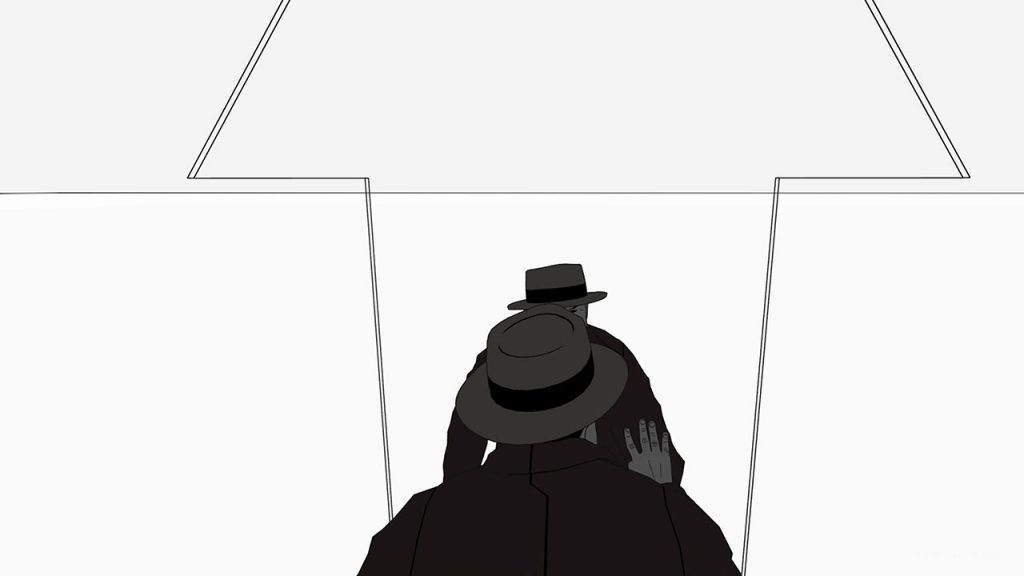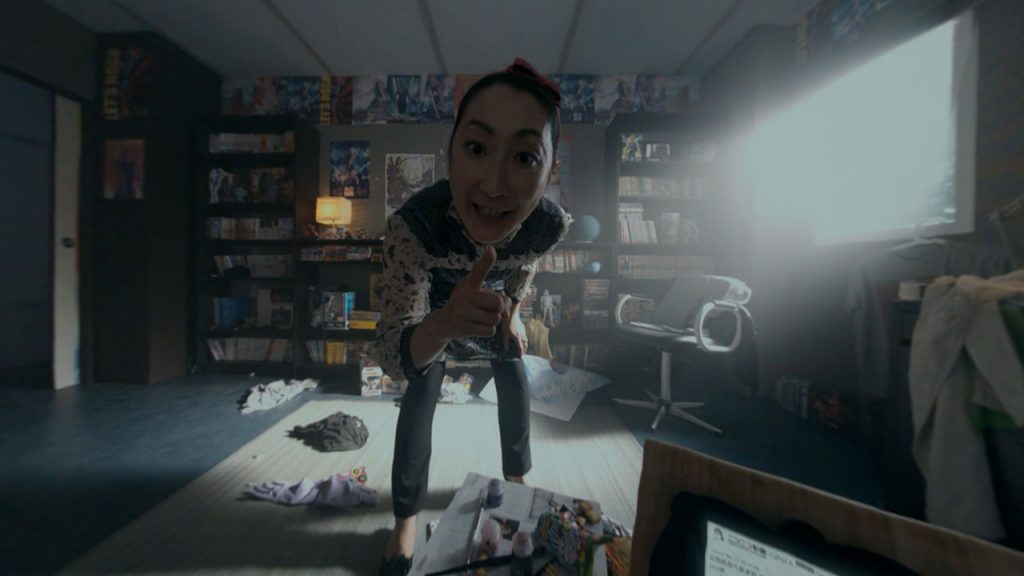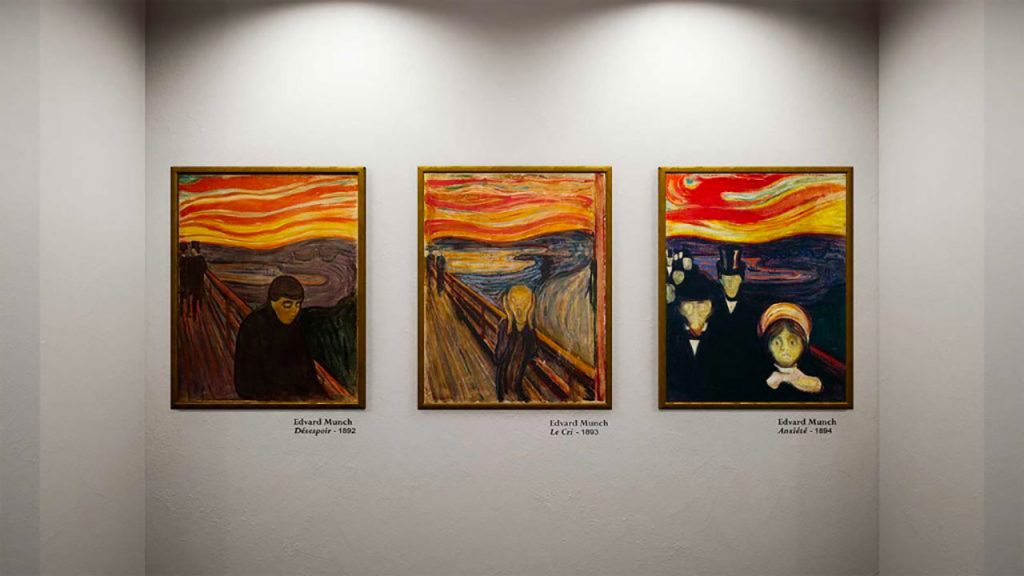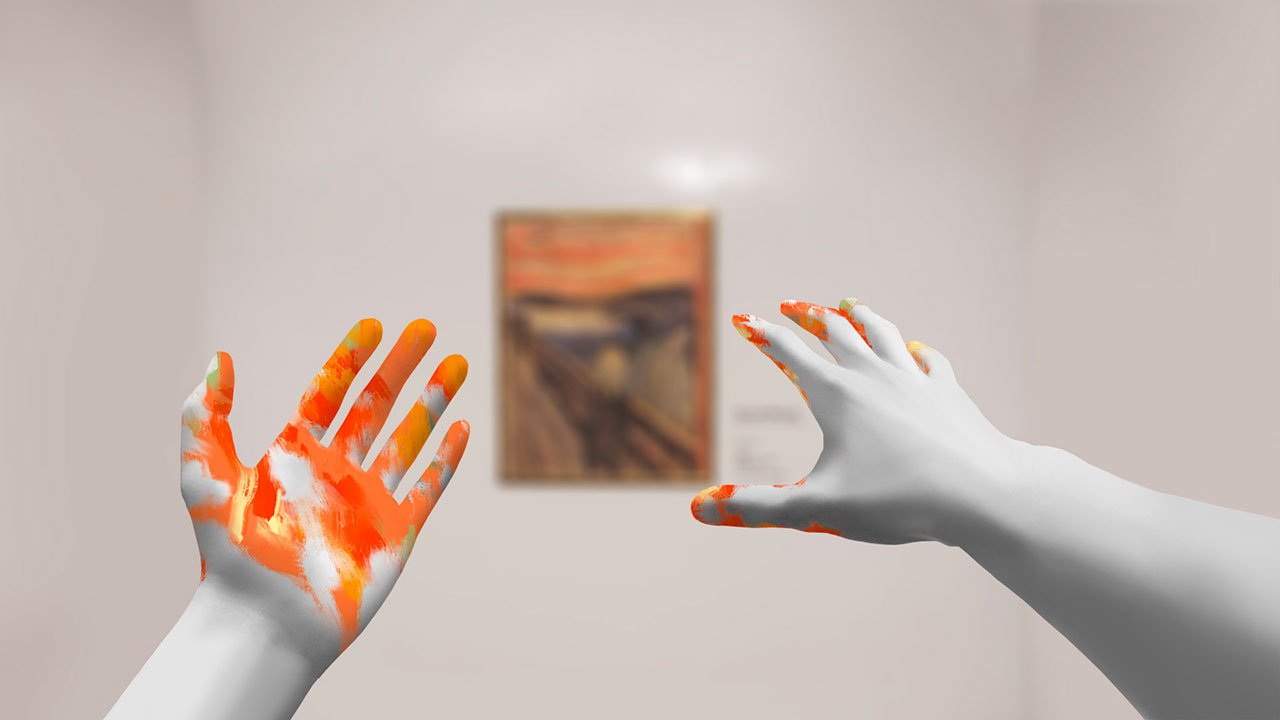Since then, his passion for videogame and storytelling leaded to innovative and complex experiences. With THE SCREAM VR (co-created with Sandra Paugam) and 7 LIVES (co-created with Sabrina Calvo) released last year, he offered confirmation that interactive stories need more challenges.
Living the festival life
C. A. – I had the experience of SENS VR in 2016, where I really discovered which festivals and audiences could be interested in immersive contents. At this time we were like strange people travelling with our sophisticated hardware. It was always a surprise! Today the industry is much more important and structured, especially with companies like Diversion, places reflecting on scenography like Phi Center in Montreal. And of course you have to consider the work of festivals like Venice VR, where you can be invited with a prototype if you present an innovation, but where the festival does not pay for installation.

C. A. – There is now a real, positive ambition to work on immersion through scenography, the attractiveness of LBE experiences, but it is expensive to deploy. Opposite, 360 videos circulate much more easily in the same circuit of festivals and events, with the same conditions – except for a few sporadic aids. Between interactive or linear projects, the financial investment on tour is not the same. For me it can be a brake on the creation of interactive, immersive room scales (off screen).
C. A. – For 7 LIVES, we had imagined a fairly simple, transportable, inexpensive scenography. More recently on LE CRI VR we wanted room scale, with sets to explore. But we had to return to a simpler device to offer the project to the greatest number. And also target a distribution on the blinds. Interaction had to be planned for that.

C. A. – There is a lack of a technical standard for VR. At Ubisoft, they anticipated this by imagining all their experiences in 2 meters by 2 meters. But I would like to offer travel to the user to offer more freedom and involvement. This is especially the VR medium. Thinking about writing for distribution doesn’t exist anywhere else. In the cinema, we know that the work arrives on the big (or small) screen. We mainly think about the content. In VR, I was able to exchange views during VR Arles workshops where young VR creators were not aware of the medium for which they were writing. You have to think about it very early in development.
C. A. – For 7 LIVES the room scale didn’t make much sense. The project is above all dedicated to a cognitive exploration, largely passive. Anyway, we designed it like that. There was no connection to the body.
C. A. – I notice that since 2016 there has been a problem: the lack of a real press on major events, whether Venice or Tribeca. There are few specialist journalists, but in addition access is very limited. With SENS, 4 years ago, we had more spin-offs because the media could more easily see the works. On 7 LIVES, it was more complicated. We have the chance to participate in festivals with very famous cinema personalities, but VR remains on the margins … At Tribeca we had the chance to meet Hideo Kojima, but it is we who are going to get it!
XR: where to go?
C. A. – We are gradually getting closer to the video game sector. In terms of distribution it is very similar, and the bestsellers VR are video games: BEAT SABER, VADER IMMORTAL, SUPERHOT… We have a very direct approach to the LBE, the arcade, to get the public and sell tickets. There is already an existing model, to be specified. For me the multi-player is very attractive; we avoid helmet isolation, we can collaborate. It’s more attractive to the general public. VR_I by Gilles Jobin, it’s particularly attractive, unfortunately it is very expensive.

C. A. – AR is also coming, but it’s still fragile. It takes another 5 years – in my opinion – for the technology to be mature. You have to think about the light, the smartphone, the sound management: as long as there are no AR glasses, it is limited. We can imagine things with HoloLens or Magic Leap certainly, but these are primarily industrial products for the moment. Today I’m more interested in machine learning technologies to help storytelling. Or immersive theater which has a lot to offer VR / AR!



Leave a Reply
You must be logged in to post a comment.